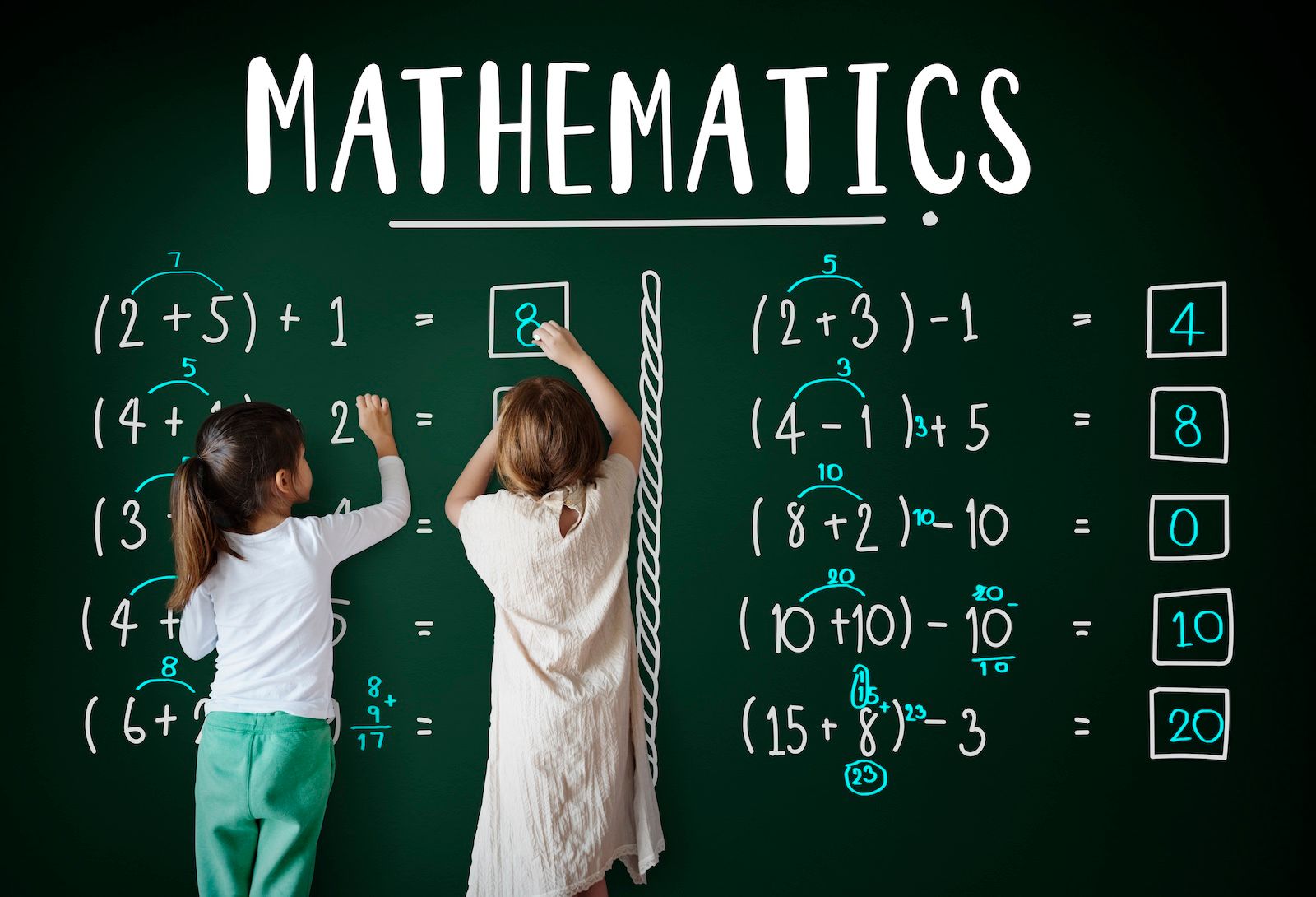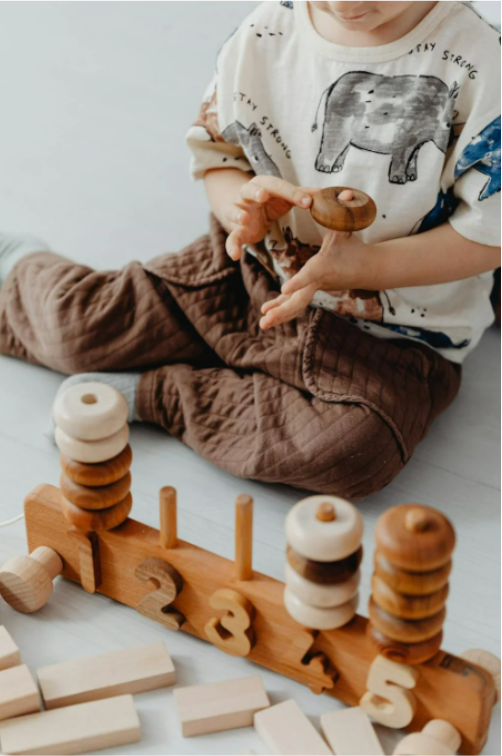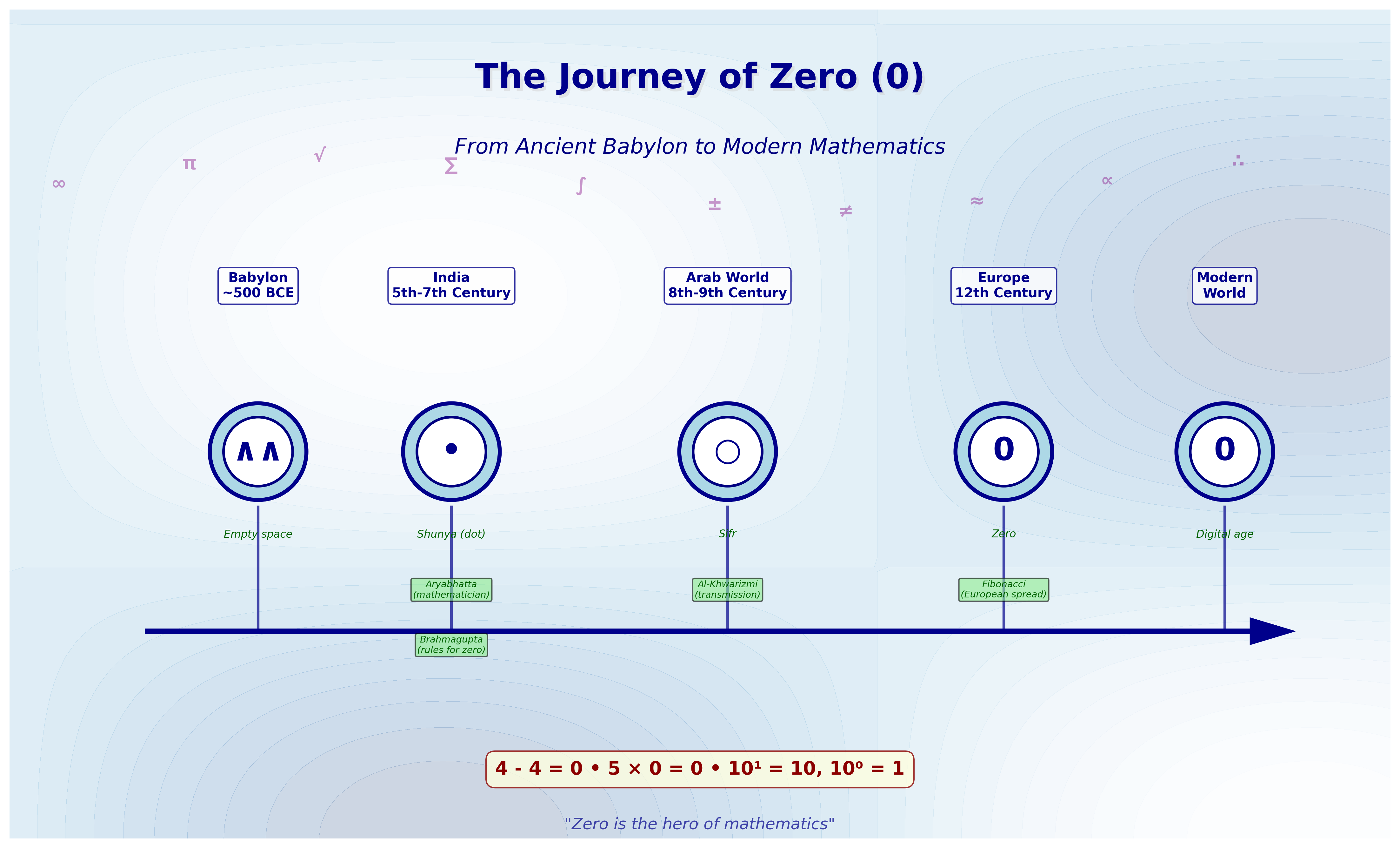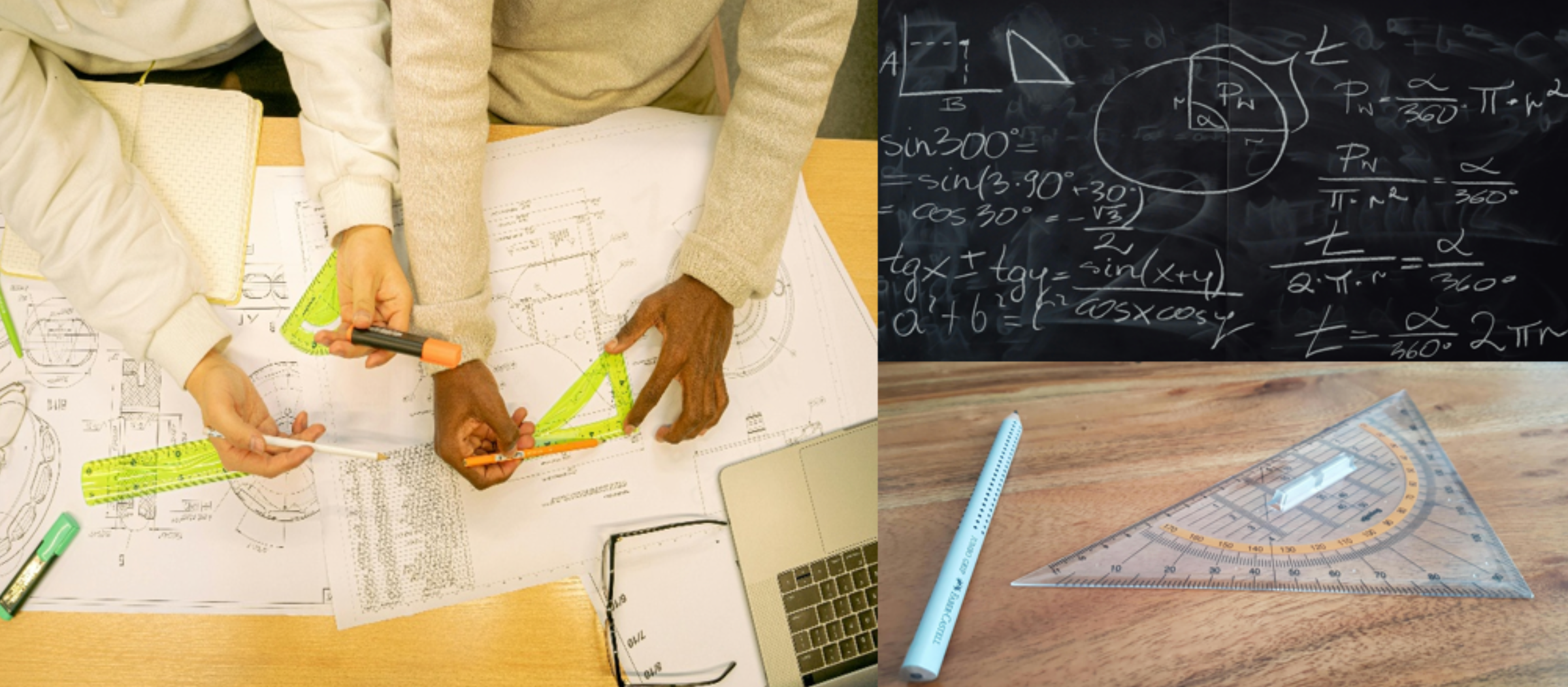Easy Math Tricks for First Graders: Making Numbers Fun & Friendly!

Math has always been a weak spot for many students. Especially for those who are just starting to learn maths, the first graders. They are in their developmental stage, full of curiosity about life. So instead of curbing that curiosity with hard-to-solve math techniques, it is our responsibility to give them a little nudge in the right direction. In today’s world when there are easy hacks for just about everything, why should the little ones suffer. So let's learn a few easy math tricks for the little ones in Grade 1 and make math easy and fun for them.
1. Counting the biggest number:
While teaching students the addition of two numbers, teach them to start with the bigger number and then count on the smaller number using their fingers.
For example: 6 + 4.
You can tell the student to keep the bigger number in mind, and hold up 4 fingers and count the fingers starting from 6. Viz. 7, 8, 9, 10. So, 6 + 4 = 10.
2. Use fingers to subtract numbers till 10.
While teaching subtraction of two numbers (up to 10), you can ask the student to hold up the required number of fingers, and then ask them to fold away the lower number.

For example: 8 – 4.
Ask the student to hold up 8 fingers and then fold 4 fingers, and then ask them to count the remaining fingers, viz. 4. So, 8 – 4 = 4.
3. Use examples of real-life objects while teaching addition or subtraction:
It is usually observed that kids are more attentive when you associate their favourite object/food with their studies. So ,when asking them to solve addition or subtraction equations, ask them to add or subtract their favorite fruits or toys.
For example: You had 3 cars and your uncle gave you 2 more, how many cars will you have?
Or, you had 5 chocolate bars and you shared 1 with your friend, then how many chocolate bars are left with you?

4. Turn-around addition:
Explain to your child that in addition, you can switch the numbers and the sum still stays the same. This is the commutative property of addition.
For example: 4 + 5 is the same as 5 + 4
5. Zero is the hero:
While teaching problems involving the addition or subtraction of zero, explain to your child that zero is super-lazy and doesn’t change anything. The answer remains the same as the original number.
For instance: 5 + 0 = 5 or 0 + 2 = 2
Or, 8 – 0 = 8.
6. Use real-life objects for counting:
Use real-life objects like building blocks, small fruits, or kids’ favourite toys to explain addition and subtraction problems.
With these and many more math learning tricks for kids of all ages, learning math is just a piece of cake. And here at AskMathGuru, we offer many such easy tricks for explaining math to kids in a fun and interactive way. So, stay tuned for more such tricks and hacks for learning math without making a big deal about it.


